Why Today’s Rising Costs Won’t Lead to Another Foreclosure Crisis
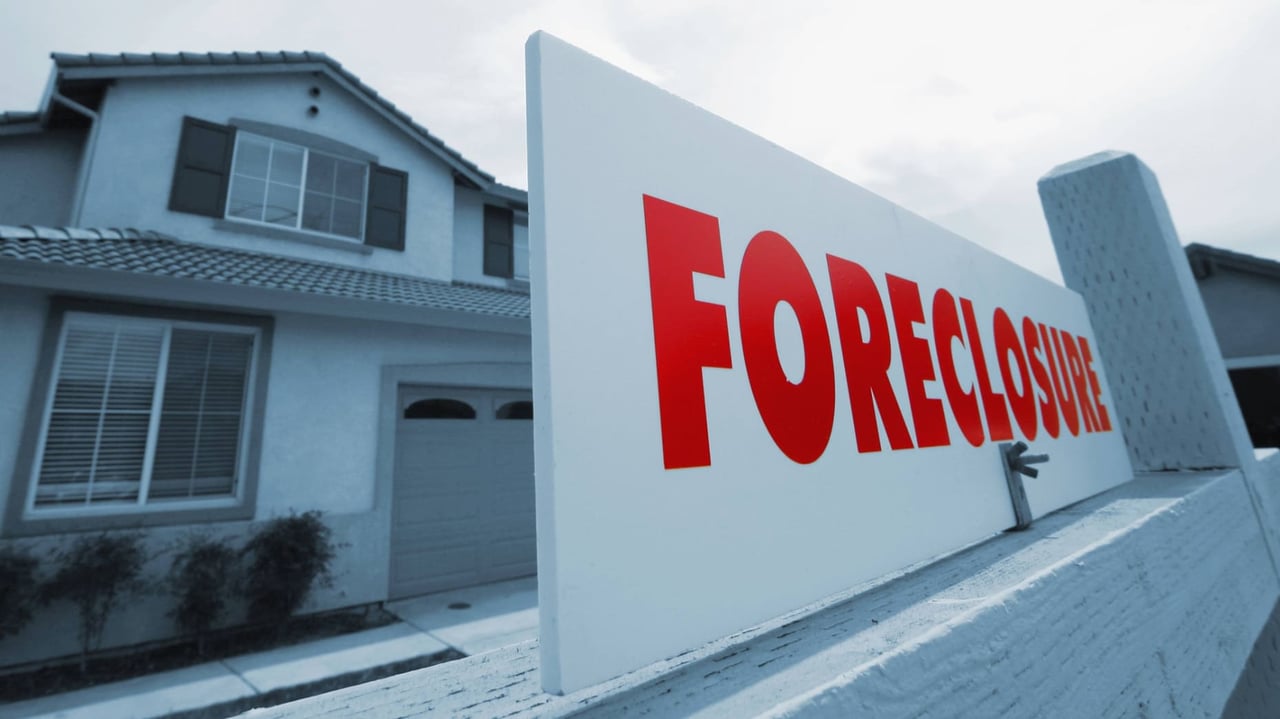

With rising prices affecting almost every aspect of life, it's natural to wonder if economic pressures could impact the housing market, especially regarding foreclosures. Many people worry that high living costs and tighter budgets might result in more homeowners falling behind on mortgage payments, leading to an increase in foreclosure filings. However, recent data shows that the housing market is far from a crisis point. Let's dive into the details to understand why today’s foreclosure situation differs significantly from the 2008 crash.
How Today’s Market Differs from 2008
Based on research by ATTOM, it states that the number of properties entering foreclosure today is nowhere near the levels seen in the 2008 housing crash. During that period, foreclosures spiked dramatically, which flooded the housing market, reducing home values and causing widespread economic fallout.
In contrast, today’s foreclosure numbers are significantly lower and have even shown some decline in recent reports. The slight increase observed since 2020 and 2021 is not a cause for concern. During those years, a federal foreclosure moratorium protected millions of homeowners from losing their homes due to pandemic-related financial difficulties. This policy led to a temporary reduction in foreclosure filings. Now, as the moratorium has ended and the market normalizes, filings have ticked up slightly but remain at levels much lower than those seen during the crisis.
Why Foreclosure Rates Are So Low: The Role of Equity
One of the most significant factors keeping foreclosure rates low is the increase in homeowner equity. In the lead-up to the 2008 crash, many homeowners bought properties with minimal down payments and were quickly underwater when home values plummeted. They owed more on their mortgages than their homes were worth, making it nearly impossible to sell or refinance to avoid foreclosure.
Today, the situation is different. Rising home values over the past decade have given homeowners substantial equity. This equity serves as a financial buffer, allowing them to sell or refinance rather than face foreclosure if they encounter financial difficulties. As a result, most homeowners are not forced into foreclosure, even if they experience temporary hardships. As a recent article from Bankrate noted:
“In the years after the housing crash, millions of foreclosures flooded the housing market, depressing prices. That’s not the case now. Most homeowners have a comfortable equity cushion in their homes.”
This equity cushion is key to keeping foreclosure rates low and maintaining a stable housing market. Homeowners today are in a much stronger position financially than they were in 2008, making it less likely for foreclosures to surge.
The Stability of Lending Standards and Government Assistance Programs
Another critical factor is the improvement in lending standards. After the 2008 crisis, financial institutions adopted stricter lending criteria to ensure that homebuyers were financially capable of meeting mortgage obligations. These tighter standards have resulted in a more stable pool of homeowners who are better equipped to manage their finances. This has contributed to the resilience of the housing market, even as other economic challenges arise.
Furthermore, various government programs now offer relief to homeowners facing temporary financial setbacks. From loan modifications to forbearance programs, these resources help homeowners avoid foreclosure and keep the housing market stable.
What’s Ahead for the Housing Market
Although rising prices across the board are putting pressure on many Americans, they do not necessarily spell trouble for the housing market. In addition to built-up equity and improved lending practices, demand for housing remains strong in many areas, which helps to sustain home values. While economic conditions may shift, these underlying factors should help keep foreclosure rates relatively low in the near future.
Homeowners facing financial challenges are in a better position than in 2008, with more options and resources available to avoid foreclosure. Given these factors, it's unlikely that we’ll see a wave of foreclosures similar to the one that followed the last housing crash.
In summary, while the cost of living is undeniably rising, this does not mean we’re on the brink of another foreclosure crisis. Today’s homeowners benefit from substantial equity, tighter lending standards, and available government assistance programs—all of which contribute to a more resilient housing market. Although we may see slight fluctuations in foreclosure numbers as the economy adjusts, the data overwhelmingly suggests that the housing market remains stable.
For those concerned about a potential foreclosure wave, this is encouraging news. Homeowners and prospective buyers alike can feel confident that the market is fundamentally sound, with strong protections in place to prevent a repeat of the 2008 crisis.
Stay up to date on the latest real estate trends.
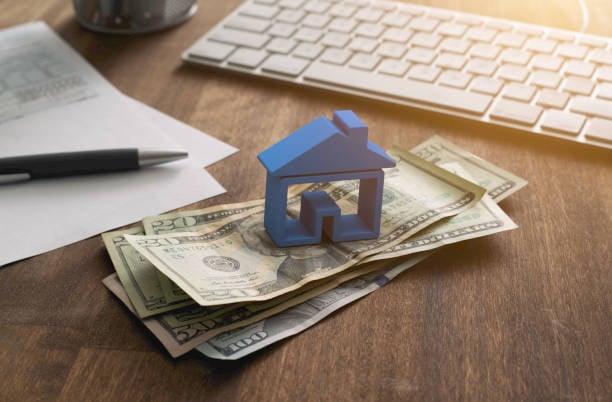


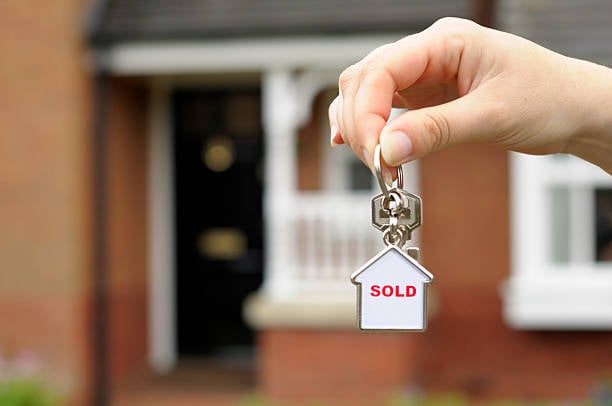

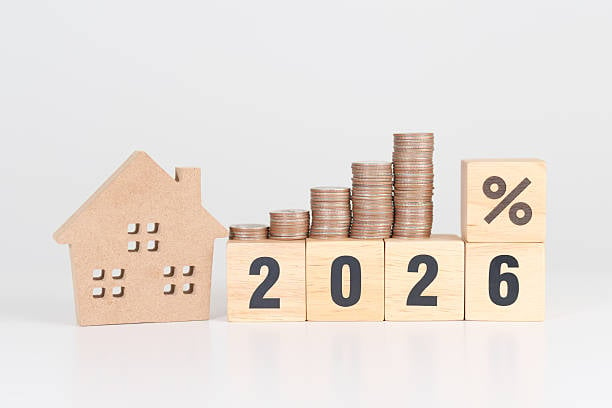
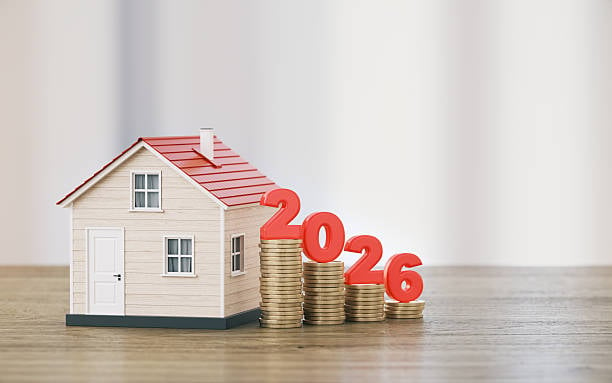
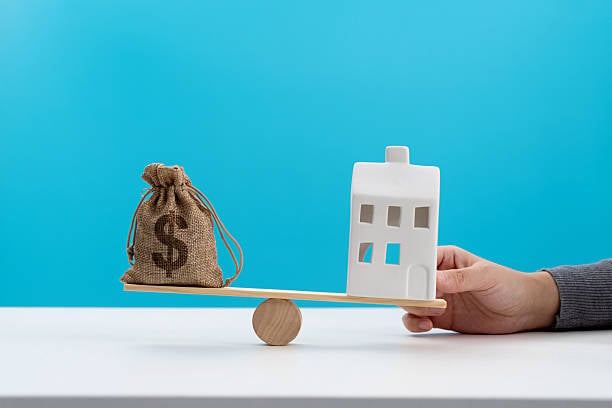

You’ve got questions and we can’t wait to answer them.